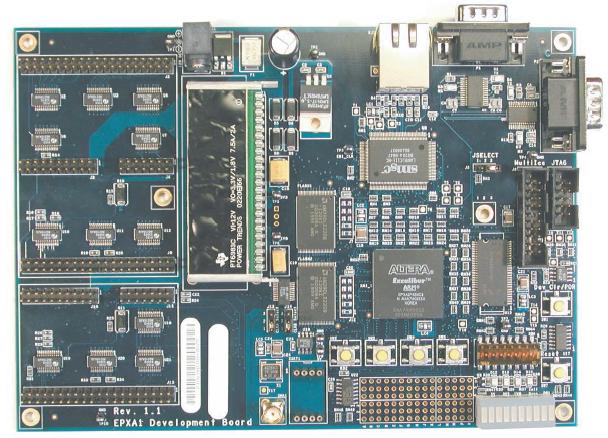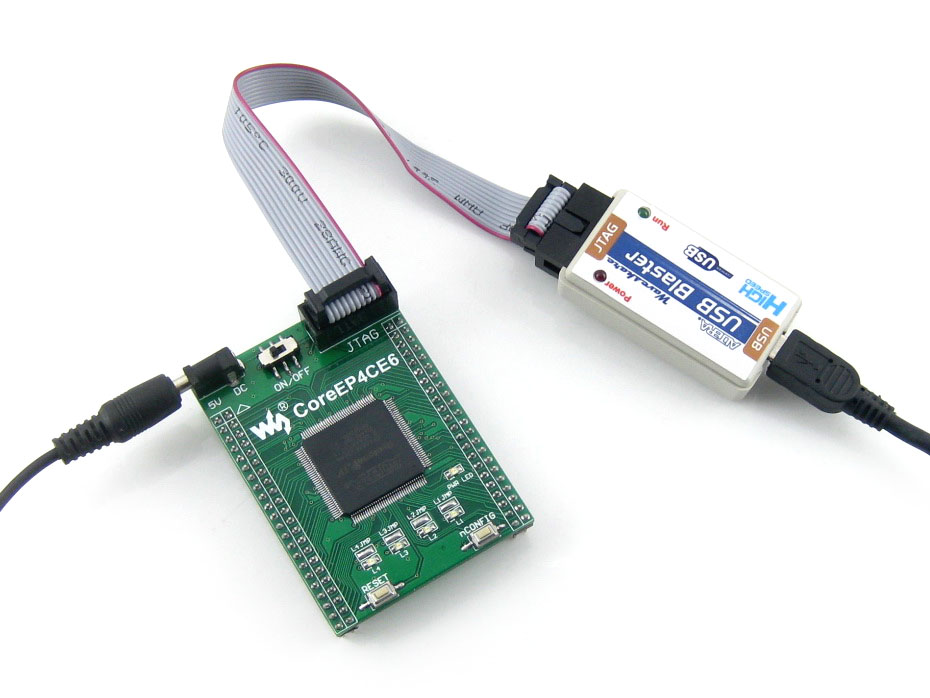Altera University Program Flash Memory Demonstrations
The Intel® Quartus® Prime software is a complete CAD system for designing digital circuits. For use in teaching, the FPGA University Program recommends the Intel Quartus Prime Lite Edition software, which does not require a license.


The licensed commercial version of the Intel Quartus Prime Standard and Pro Edition software is available for installation in university laboratory facilities.To download the Intel Quartus Prime software, click. To determine the appropriate version of the Intel Quartus Prime software for the device on your board, use the 'Select by Device' tab on the download page or check the Device Support List. The Intel® Quartus® Prime software comes with a Vector Waveform Editor tool to allow users to draw the test input signals for simulation and select which signal should be shown in the simulation results. The method of running the Waveform Editor tool has varied over the various releases of the Intel Quartus Prime software. A brief discription of the Waveform Editor tool with regards to different versions of the Intel Quartus Prime software is given below. For more information, please see the FPGA University Program tutorial 'Introduction to Quartus Simulation'.Starting with the Intel Quartus Prime software v13.0, the Waveform Editor tool for performing simulations can be opened from within the Intel Quartus Prime software. This is accomplished by selecting “File - New - University Program VWF”.
A GSD file (General Station Description) contains a description of the PROFIBUS DP/PA or PROFINET device. Find and download all available GSD files here. A PROFINET General Station Description (GSD) file is a description of an IO device provided by the device manufacturer. The contents of the GSD consists of. A GSDML file is a readable ASCII text file and contains both general and device-specific specifications for communication (Communication Feature List) and network configuration. Each of the entries describes a feature that is supported by a device. Filelist.ro.
Test vectors created with this tool can be used in simulation of your circuits by running the ModelSim.-Intel FPGA simulation tool. The simulator can be started from within the Waveform Editor, or by using the NativeLink flow.For Intel Quartus Prime software v10.1 through 12.1, the Waveform Editor tool could be used only to enter test inputs and set output signals to view. Running simulations was done using a separate tool, Qsim. For Intel Quartus Prime software v10.1 and 11.0, the QSim tool and Waveform Editor must be installed separately by using the FPGA University Program Installer.
Beginning with the Intel Quartus Prime software v11.1, the QSim tool and Waveform Editor are bundled with the Intel Quartus Prime software. The QSim tool can be invoked from a command window by using the command 'quartussh -qsim'. The quartussh executable is part of the Intel Quartus Prime software. It can be found in the folder where the Intel Quartus Prime software is installed, for example C:altera12.0quartusbin. For this example of an installation folder you would type the command C:altera12.0quartusbinquartussh -qsim. Note that if you are using the Intel Quartus Prime Standard Edition software and you are running a 64 bit operating system, then the executable is found in quartusbin64.For Intel Quartus Prime software v9.1 and earlier, the Waveform Editor tool was included with the Intel Quartus Prime software and used the internal Intel Quartus software simulator. We provide SD card images containing an Ubuntu-based Linux.

Altera University Program Flash Memory Demonstrations Free
distribution for use with our SoC-based DE-series boards. The Linux distribution can be used for embedded Linux exercises and projects. The (OpenCL™) allows a user to abstract away the traditional hardware FPGA development flow for a much faster and higher level software development flow. Emulate your OpenCL C accelerator code on an x86-based host in seconds, get a detailed optimization report with specific algorithm pipeline dependency information, pushing the longer compile time to the end when you are pleased with your kernel code results.
Altera University Program Download
Leverage prewritten optimized OpenCL or register transfer level (RTL) functions, calling them from the host or directly from within your OpenCL kernels.